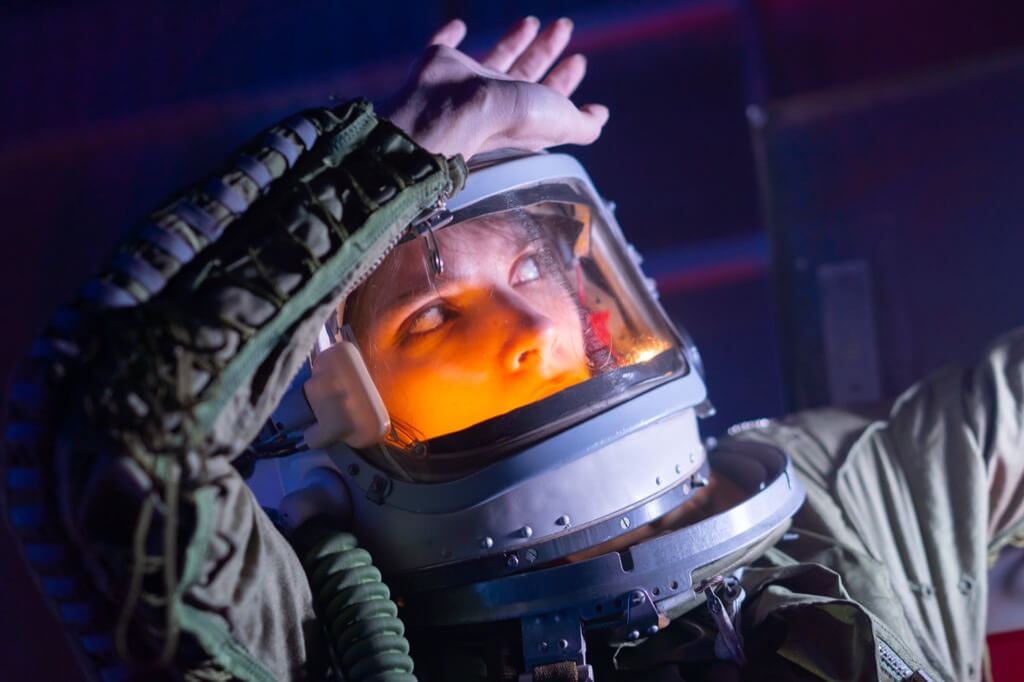
When Sultan bin Salman bin Abdulaziz Al Saud, a Royal Saudi Air Force pilot, ventured into space aboard the United States shuttle Discovery in 1985, he became the first Muslim to journey beyond Earth’s atmosphere. This groundbreaking event was followed by Anousheh Ansari’s remarkable trip to the International Space Station in 2006. Ansari, an Iranian-American self-made millionaire, was the first Muslim woman in space. Her space travel, funded through her substantial fortune, was not just a personal achievement but also a moment of significant cultural and religious contemplation, especially regarding Islamic practices in space.
The unique environment of space presents intriguing challenges for practicing Muslims. In space, traditional practices like praying towards Mecca five times a day and observing the fast during Ramadan become complex due to the absence of a conventional day-night cycle and the difficulty in pinpointing the direction of the Kaaba from an orbiting spacecraft.
In space, the concept of day and night rapidly changes, with astronauts experiencing about 16 sunrises and sunsets within 24 hours. This alteration in the natural cycle poses questions about the timing of daily prayers. Similarly, determining the direction of the Kaaba, towards which Muslims pray, becomes a complicated task in the zero-gravity environment where conventional notions of ‘up’ and ‘down’ are irrelevant.
To address these issues, the Malaysian National Space Agency, alongside the Department of Islamic Development, gathered 150 Muslim scholars for a conference. Their goal was to establish guidelines for Islamic astronauts. This historic gathering resulted in “A Guideline of Performing Ibadah (worship) at the International Space Station.”
The scholars concluded that Muslim astronauts should follow the prayer times of the location from where they departed Earth. In the case of Dr. Sheikh Muszaphar Shukor, a Malaysian astronaut, this meant adhering to the prayer schedule of Baikonur, Kazakhstan, the site of his launch. Regarding the direction of prayer, the scholars prioritized attempts to face the Kaaba. However, they acknowledged the practical difficulties and agreed that a sincere effort to determine the direction suffices, even if it means facing any direction when the orientation of Earth is unclear.
Performing physical acts of prayer, such as bowing and prostrating, is another challenge in the weightlessness of space. The scholars advised adapting these movements as best as possible under the circumstances, emphasizing the importance of intention over physical accuracy in such extraordinary situations.
These guidelines not only provide a solution for current Muslim astronauts but also pave the way for future space travelers of Islamic faith. They represent a significant step in accommodating religious practices in space exploration and highlight the importance of cultural sensitivity in the increasingly diverse field of space travel.
Diversity in Space Exploration
As we venture further into space, understanding and accommodating diverse religious practices like Islamic prayer becomes crucial. For you, the aspiring astronaut or space enthusiast, this signifies a future where cultural and religious inclusivity is paramount in space missions. The guidelines developed for Muslim astronauts set a precedent for respecting religious beliefs in space, ensuring that future space exploration is inclusive for people of all faiths.
In preparing for life beyond Earth, astronaut training programs may soon include cultural sensitivity training. This aspect will be essential for you, whether you’re an astronaut, support crew, or part of the mission’s planning team. Understanding the religious and cultural needs of fellow crew members not only fosters a supportive environment but also enhances team cohesion and mental well-being during long missions.
Technological Innovations for Religious Observance
The challenge of facing Mecca from space could lead to innovative technological solutions. Imagine apps or onboard systems in spacecraft that assist you in determining the Qibla direction or the correct prayer times based on your last Earth location. Such advancements would not only benefit Muslim astronauts but also inspire similar solutions for other religious observances in space.
The discussion around Islamic prayer in space opens doors to broader interfaith dialogues. For you as a space professional or enthusiast, this presents an opportunity to engage in conversations about how various religious practices can be observed in space. Such dialogues can lead to shared learning and deeper mutual respect among crew members of different faiths.
Shaping Policies for Future Space Missions
The guidelines for Muslim prayer in space are just the beginning. As space agencies plan longer and more diverse missions, including potential colonization of other planets, policies accommodating various religious practices will become increasingly important. Your understanding of these considerations will be crucial in shaping an inclusive environment for all future space explorers.
Useful Tools For Praying In Space
Advancements in technology have led to the development of directional apps specifically designed for space travel. These apps could be vital for you, helping to determine the Qibla direction from any location in space. They utilize real-time astronomical data and the spacecraft’s coordinates to provide accurate direction for Islamic prayers.
Virtual reality (VR) simulators can be an invaluable tool for practicing religious rituals in space. Imagine a VR environment that simulates the Earth’s surface, allowing you to virtually stand and face Mecca. This can be particularly useful during long space missions, maintaining a sense of connection and orientation to Earth.
Given the rapid orbiting of spacecraft around Earth, conventional prayer timetables become impractical. You could use specially designed software that calculates prayer times based on your last location on Earth. These tools can adjust for the speed and position of the spacecraft, ensuring you maintain regular prayer schedules.
Participating in astronaut training modules that include cultural sensitivity can be immensely helpful. These programs educate you about different religious practices and requirements, fostering a respectful and inclusive environment in space missions. Such training is crucial for effective communication and teamwork among astronauts of diverse backgrounds.
Comprehensive guidelines and manuals on observing religious practices in space, like the one developed for Muslim astronauts, can serve as a valuable resource. These documents provide detailed instructions on modifying religious observances to fit the unique environment of space, ensuring that your spiritual needs are met while respecting the practicalities of space travel.
In the vast expanse of space, maintaining religious observances represents a harmonious blend of faith and science. This unique situation underscores the adaptability of spiritual practices, demonstrating that devotion can transcend earthly boundaries. As we venture further into the cosmos, these adaptations in religious observances not only showcase human ingenuity but also affirm the enduring nature of faith, regardless of one’s physical location in the universe.



